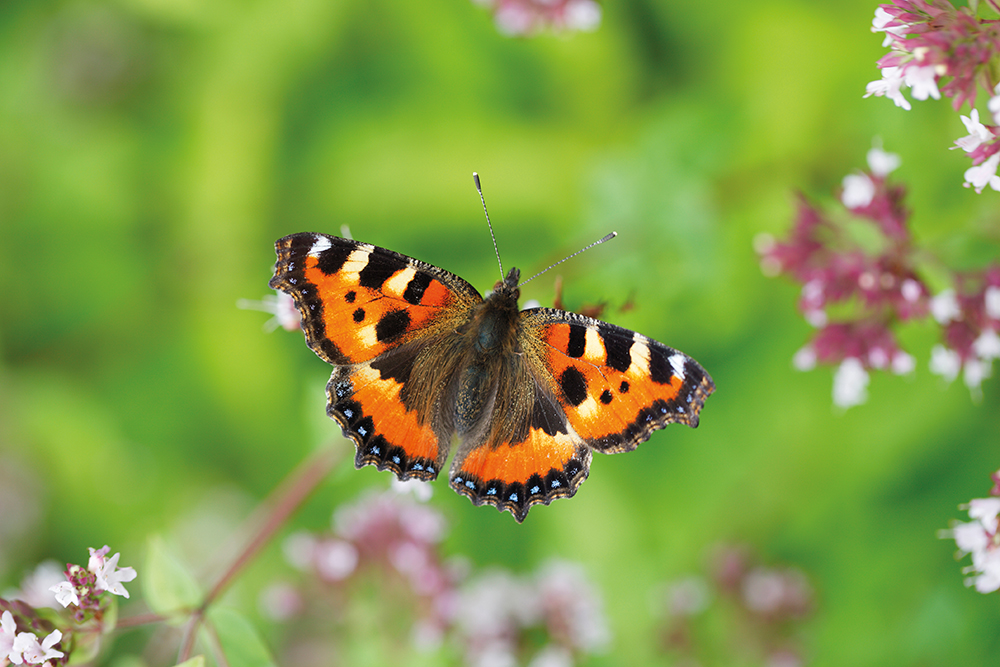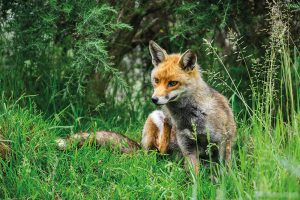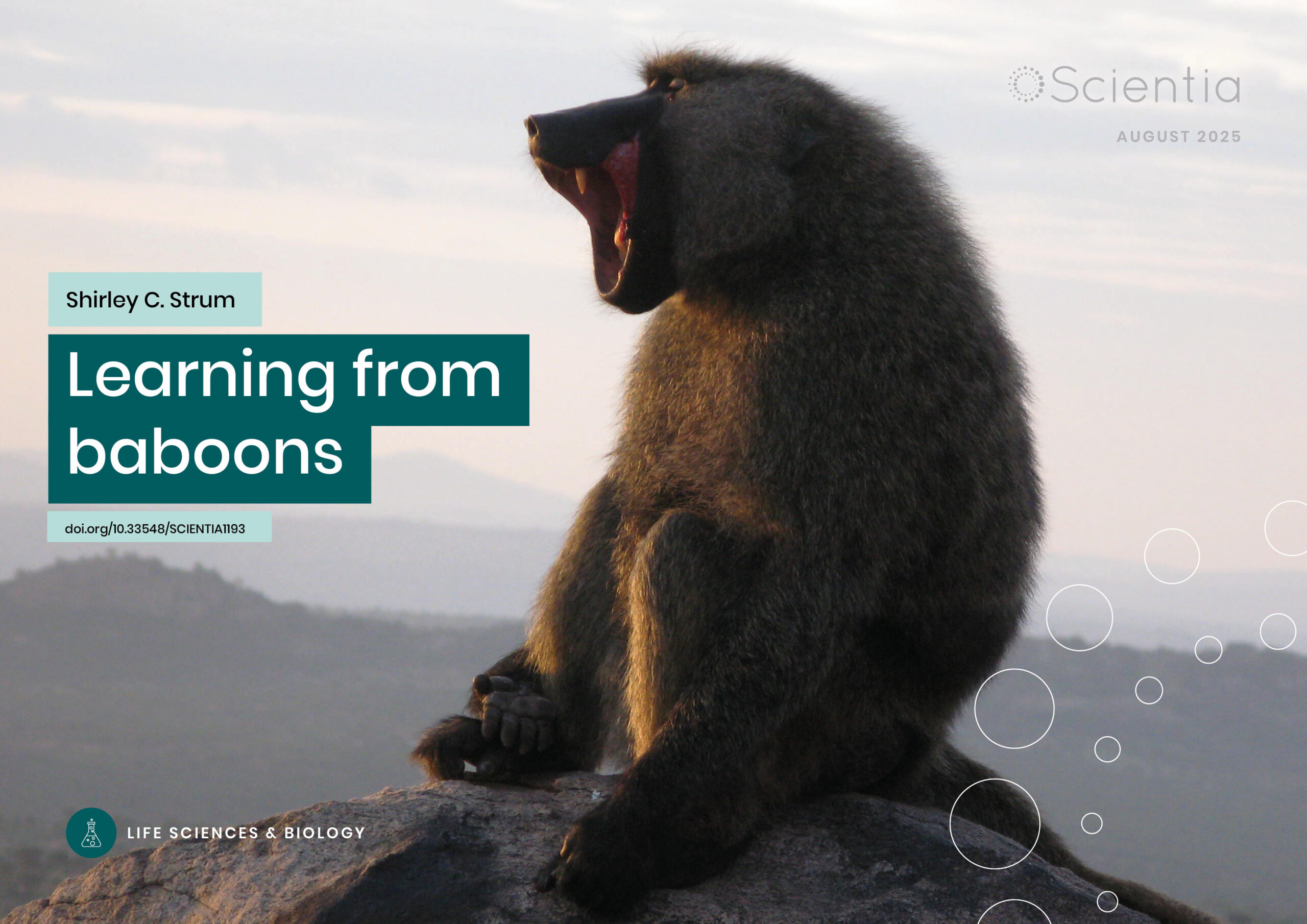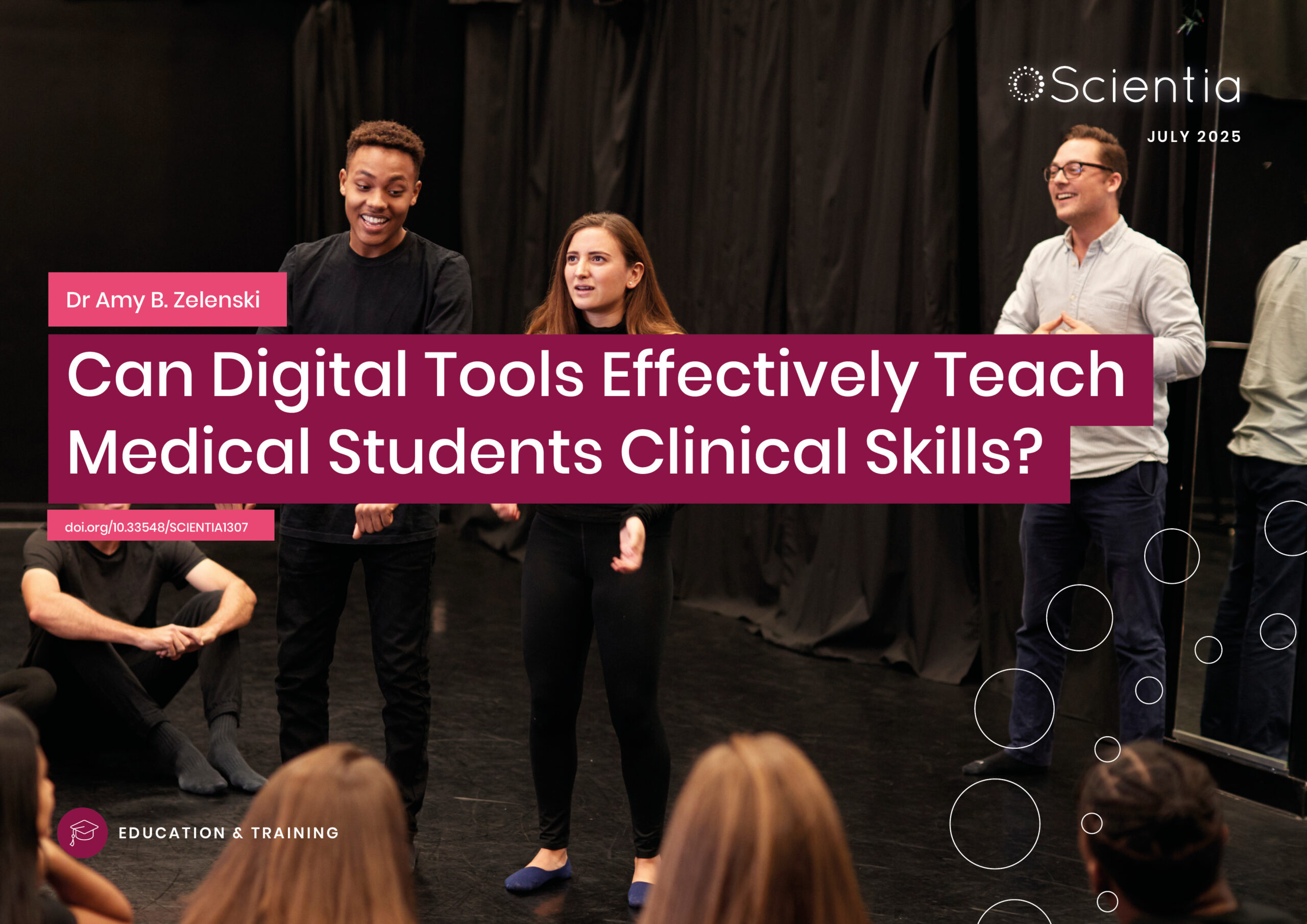Dr Nathalie Pettorelli – Rewilding: Bet on Nature
Opinion article by Dr Nathalie Pettorelli of ZSL (Zoological Society of London)
 Climate & Biodiversity Crises
Climate & Biodiversity Crises
If there is one thing to celebrate about this year, it’s the fact that the country has finally started to wake up to the climate emergency. Thanks, among other things, to the thousands of children regularly striking for their right to have a better future than the one we have been building for them, a majority of the UK public, now back a 2030 zero-carbon target.
But the climate emergency has to be understood and tackled within the context of the current biodiversity crisis, which is equally severe and far-reaching. Climate is indeed the predominant driver of life on Earth, with climate and biodiversity being closely intertwined.
On one hand, biodiversity is being affected by the rapid changes we see in temperatures, precipitation, sea levels and the frequency and severity of extreme natural events, with some species being put at direct risk of extinction with climate change, and others having started to move out of their known distribution range (as we recently showed for the UK).
On the other hand, biodiversity loss, shaped by climate change but also by other factors such as habitat degradation and loss or overexploitation, can accelerate climate change. The loss of coastal ecosystems such as mangroves, sea grass and salt marshes, for example, reduces nature’s ability to help soak up carbon; forest loss and other land use changes account for a significant proportion of greenhouse gas emissions; wildlife loss can influence plant nutrient availability, which itself impacts, for example, how much carbon is released by forests.

Turning the Tide
As the planet’s life-support systems are fast approaching a danger zone for humanity, there is a need to be strategic about the changes we promote for adequately turning the tide on climate change. Geoengineering solutions, sometimes introduced as the magic wand likely to solve our climate change crisis without us needing to alter our ways of living, won’t stop us from losing wildlife at the unprecedented rates we are witnessing.
What we need is a shift in how we conceptualise our relationship with nature, as well as the adoption of a vision that not only promotes a different path for development underpinned by the sustainable use of natural resources, but that also acknowledges that our ability to tackle the current climate crisis is closely linked to our ability to retain and increase biodiversity.
Increasing biological diversity in a rapidly changing world is not easy however, and challenges old ways to think about biodiversity conservation. Until recently, conservation science has been busy researching how we can bring back degraded ecosystems to known ‘healthy’ baselines. However, the intensity and speed of global environmental changes have pressed many practitioners and scientists to realise that some species are being pushed far beyond their traditional ranges and some ecosystems far beyond their limits.
In many places on Earth, it now makes little sense to force the restoration of historical conditions, given the expected changes in environmental conditions in the coming years. In such situations, the facilitation of the emergence of novel ecosystems through rewilding may prove a more sensible and cost‐effective alternative to address declining biodiversity and the delivery of ecosystem services.
‘Well-planned rewilding projects could increase carbon capture and storage capabilities and help protect communities at risk of flooding.’

Rewilding
What rewilding could offer in the context of the current climate emergency is exciting. Well-planned rewilding projects could increase carbon capture and storage capabilities and help protect communities at risk of flooding. However, rewilding also breaks many traditions in conservation, which partly explains why it has proven so controversial.
First, it promotes the idea that the future isn’t about bringing back what we know where we want it, but about supporting the emergence of functioning and biodiverse ecosystems, in whatever forms they may come. It therefore acknowledges that human control on what the wild is, where it goes, and how it should look, has to be significantly reduced if we are to see global biodiversity increase again – a stark contrast to the old Victorian vision that nature needs to be managed, controlled, and dominated.
Second, by placing the emphasis on reduced control and increased unpredictability, it recognises the overwhelming importance of securing successful coexistence between humans and nature for effective conservation-based environmental management. This consequently leads to a change of focus, from ecosystems to socio-ecological systems, thereby leading to a repositioning of the conservation narratives, where humans are firmly part of nature, not separate and not above.
Third, it promotes a more dynamic approach to conservation, where changes and self-reorganisations are welcome, and the norm. Fourth, by being concerned with the level of functioning ecosystems exhibit rather than by their species composition, rewilding opens the door to species being introduced or welcomed in ecosystems outside of their historic distribution range – thereby firmly endorsing assisted colonisation as a conservation tool fit for the environmental management in the 21st century.
Ultimately, rewilding is only one of the nature-based solutions that aim to co-address the current climate and biodiversity crises. But it’s by far the most tantalising one, because it has the potential to drastically impact our relationship with nature.

Admittedly, there are uncertainties and difficulties associated with the practical implementation of rewilding projects, while the evidence available for facilitating sound decision‐making for rewilding initiatives is growing but remains scarce. Moreover, rewilding means different things to different people, having been interpreted by some as a way to promote the conservation of human-free landscapes, leading to conflicts between various fractions of society.
That said, as divisive as the topic may be and as tense as the current debate may appear, whoever is concerned with environmental management can simply not afford to ignore discussions on rewilding and miss potential opportunities to build a better future for the generations to come.
To make rewilding a widely implemented and efficient nature-based solution to address climate change, we need a science-based foundation that is able to inform policy and management: generating this foundation will require dialogue and expertise from all sectors of society. This is why I hope that, if you haven’t yet engaged with these discussions, you’ll soon do.

MEET THE AUTHOR
Dr Nathalie Pettorelli is a Senior Research Fellow at ZSL’s (Zoological Society of London) Institute of Zoology. A climate change and rewilding expert, her scientific achievements include demonstrating how satellite data can be used to support vulnerability assessments of species and ecosystems to climate change, to pioneering social media as a source of data for species on the move due to climate change. Dr Pettorelli has recently edited a book on rewilding, which provides an inclusive and representative overview of where current thinking on this topic sits.
Reference
https://doi.org/10.33548/SCIENTIA449
Creative Commons Licence
(CC BY 4.0)
This work is licensed under a Creative Commons Attribution 4.0 International License. 
What does this mean?
Share: You can copy and redistribute the material in any medium or format
Adapt: You can change, and build upon the material for any purpose, even commercially.
Credit: You must give appropriate credit, provide a link to the license, and indicate if changes were made.
More articles you may like
Shirley C. Strum | Learning from baboons
Shirley C. Strum has spent over 50 years studying wild baboons in Kenya. During that time, she has pioneered new ideas about baboons, about society, about nature, about science and about evolution. As she recounts in her new book Echoes of Our Origins: baboons, humans and nature, she was the first to suggest that baboon society is not based on male aggression and dominance, but that both males and females have effective non-aggressive alternatives. These “social strategies of competition and defence” rely on social relationships that create a “social contract” based on social sophistication, social intelligence, and collaboration, even without the benefits of human characteristics like symbols, language and culture.
Dr JoLee Sasakamoose – Dr Mamata Pandey | Empowering Indigenous Health: The Indigenous Wellness Research Collaborative in Saskatchewan
The Indigenous Wellness Research Collaborative is a transformative alliance dedicated to advancing health systems and service delivery for Indigenous communities across Saskatchewan. Founded a decade ago and co-led by Dr Mamata Pandey, a research scientist at the Saskatchewan Health Authority, and Dr JoLee Sasakamoose (M’Chigeeng First Nation), Canadian Institute of Health Research Chair in Indigenous Wellness and Health Equity at the University of Regina, their team’s work is rooted in a commitment to Indigenous leadership and community-defined wellness goals. Guided by the Cultural Responsiveness Framework, the Collaborative prioritises creating ethical spaces that serve as a middle ground for respect, reciprocity, and authentic partnerships. The team employs a strengths-based approach to health research, centering Indigenous methodologies that respect the interconnectedness of spiritual, mental, emotional, and physical well-being.
Dr Amy B. Zelenski | Can Digital Tools Effectively Teach Medical Students Clinical Skills?
Medical students often experience a decline in empathy as they progress through their training, an issue with real consequences for patient care. A new study from the University of Wisconsin explores an unexpected remedy: Zoom-based improvisational theatre. In the first randomized controlled trial of its kind, researchers found that short online improv sessions helped students improve perspective-taking, reduce emotional distress, and deeply reflect on patient relationships and power dynamics. As telemedicine becomes increasingly common, this approach to teaching empathy could offer a timely, effective, and engaging tool to help future doctors more meaningfully connect with their patients.
Professor Jaya Krishnan | Revolutionary Gene Therapy Helps Hearts Regenerate After Heart Attacks
Myocardial infarction, commonly termed as a heart attack, is a major cause of death and poor health worldwide. Regenerating heart tissue is an exciting and promising concept that can have significant benefits in myocardial infarctions and related diseases, but this has not yet been achieved in real-life clinical treatments. In a collaboration between Goethe University Frankfurt and Goethe University Hospital, Professor Jaya Krishnan and colleagues address this by controlling pathologic genes involved in the development of heart failure that develops after heart attacks. The researchers demonstrate a new way of treating heart disease by aiding in the division and regrowth of heart cells after a heart attack.




